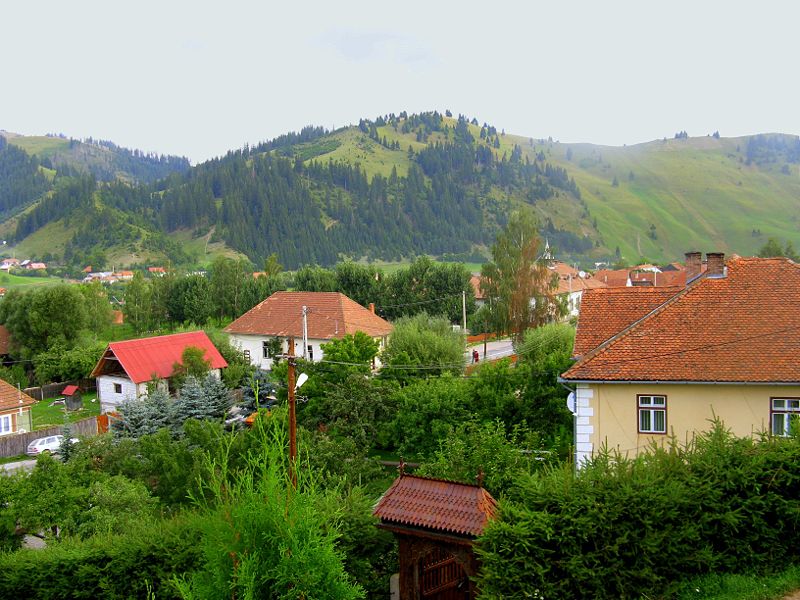|
Dămuc (river)
The Dămuc (in its upper course also: ''Lupul'', hu, Damuk, Domuk) is a right tributary of the river Bicaz in Romania. It discharges into the Bicaz in Bicaz-Chei Bicaz-Chei ( hu, Almásmező) is a commune in Neamț County, Romania. It is composed of four villages: Bicaz-Chei, Bârnadu (''Bernádtelep''), Gherman and Ivaneș (''Iványos''). Bicaz-Chei is one of three communes in Neamț County (most of which .... Its length is and its basin size is . p. 4 Tributaries The following rivers are tributaries to the river Dămuc: *Left: Arșița, Picior, Pârâul Frunții, Pârâul Strungii, Pârâul Sătrișului *Right: Pârâul Sec, Asău, Glodul, Bățul, IvaneșReferences [...More Info...] [...Related Items...] OR: [Wikipedia] [Google] [Baidu] |
Romania
Romania ( ; ro, România ) is a country located at the crossroads of Central, Eastern, and Southeastern Europe. It borders Bulgaria to the south, Ukraine to the north, Hungary to the west, Serbia to the southwest, Moldova to the east, and the Black Sea to the southeast. It has a predominantly temperate- continental climate, and an area of , with a population of around 19 million. Romania is the twelfth-largest country in Europe and the sixth-most populous member state of the European Union. Its capital and largest city is Bucharest, followed by Iași, Cluj-Napoca, Timișoara, Constanța, Craiova, Brașov, and Galați. The Danube, Europe's second-longest river, rises in Germany's Black Forest and flows in a southeasterly direction for , before emptying into Romania's Danube Delta. The Carpathian Mountains, which cross Romania from the north to the southwest, include Moldoveanu Peak, at an altitude of . Settlement in what is now Romania began in the Lower Pale ... [...More Info...] [...Related Items...] OR: [Wikipedia] [Google] [Baidu] |
Harghita County
Harghita (, hu, Hargita megye, ) is a county ( județ) in the center of Romania, in eastern Transylvania, with the county seat at Miercurea Ciuc. Demographics 2002 census In 2002, Harghita County had a population of 326,222 and a population density of 52/km2. * Hungarians – 84.62% (or 276,038) * Romanians – 14.06% (or 45,870) * Romani – 1.18% (or 3,835) * Others – 0.14% 2011 census In 2011, it had a population of 302,432 and a population density of 46/km2. * Hungarians – 85.21% (or 257,707) * Romanians – 12.96% (or 39,196) * Romani * Others – 1.76% (or 5,326). Harghita county has the highest percentage of Hungarians in Romania, just ahead of Covasna county. The Hungarians form the majority of the population in most of the county's municipalities, with Romanians concentrated in the northern and eastern part of the county (particularly Toplița and Bălan), as well as in the enclave of Voșlăbeni. The Székelys of Harghita are mostly Roman Catholi ... [...More Info...] [...Related Items...] OR: [Wikipedia] [Google] [Baidu] |
Neamț County
Neamț County () is a county (județ) of Romania, in the historic region of Moldavia, with the county seat at Piatra Neamț. The county takes its name from the Neamț River. Demographics Population In 2011, it had a population of 470,766 and a population density of 80/km2. * Romanians - 98.25% * Lipovans - 0.05% * Hungarians (more specifically Csángós) - 0.04% * Roma - 1.48%, and others Religion Geography Neamț County has an area of . The relief decreases from west to east. In the western part, there are mountains, the Eastern Carpathians, with heights of over and the impressive peak of Ceahlău Massif. Along the Bicaz River lies the canyon of Cheile Bicazului. Construction of the Bicaz Dam in the 1950s on the Bistrița River led to the formation of Lake Bicaz ( Lake Izvorul Muntelui), the largest artificial lake completely in Romania. On the western side, the lowest point, at about , is found along the Siret River's valley. Neighbours *Iași Co ... [...More Info...] [...Related Items...] OR: [Wikipedia] [Google] [Baidu] |
Puntea Lupului
Lunca de Jos ( hu, Gyimesközéplok, : , colloquially ''Középlok'') is a commune in Harghita County, Transylvania, Romania. It lies in the ethno-cultural region Szekely land. Component villages The commune is composed of nine villages: History The village was historically part of the Székely Land region of Transylvania province. The first reports of settlers in the area was from 1721. It became independent from Gyimesbükk in 1795. The birth registry starts from 1854. The village belonged to Csíkszék district until the administrative reform of Transylvania in 1876, when they fell within the Csík County in the Kingdom of Hungary. After the Treaty of Trianon of 1920, they became part of Romania and fell within Ciuc County during the interwar period. In 1940, the second Vienna Award granted the Northern Transylvania to Hungary and the villages were held by Hungary until 1944. After Soviet occupation, the Romanian administration returned and the commune became officiall ... [...More Info...] [...Related Items...] OR: [Wikipedia] [Google] [Baidu] |


